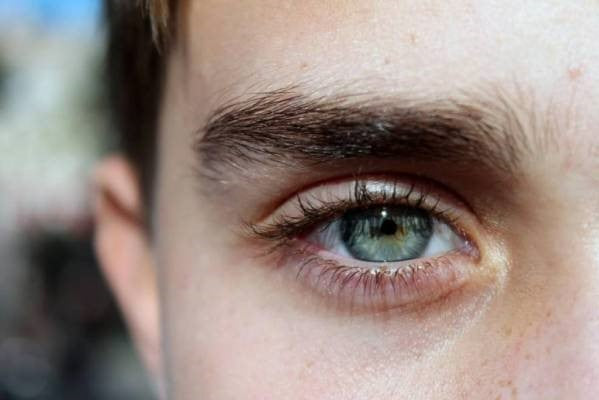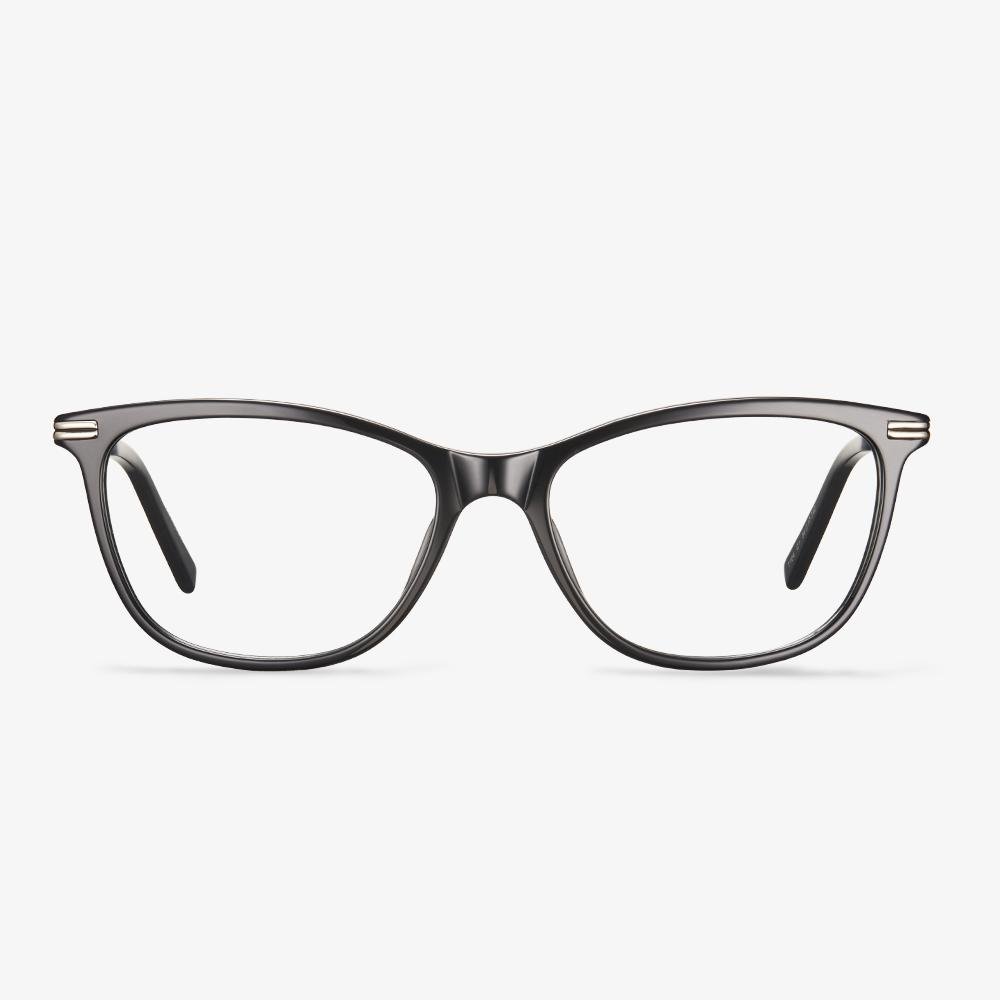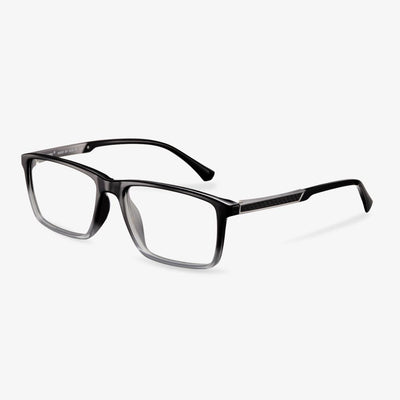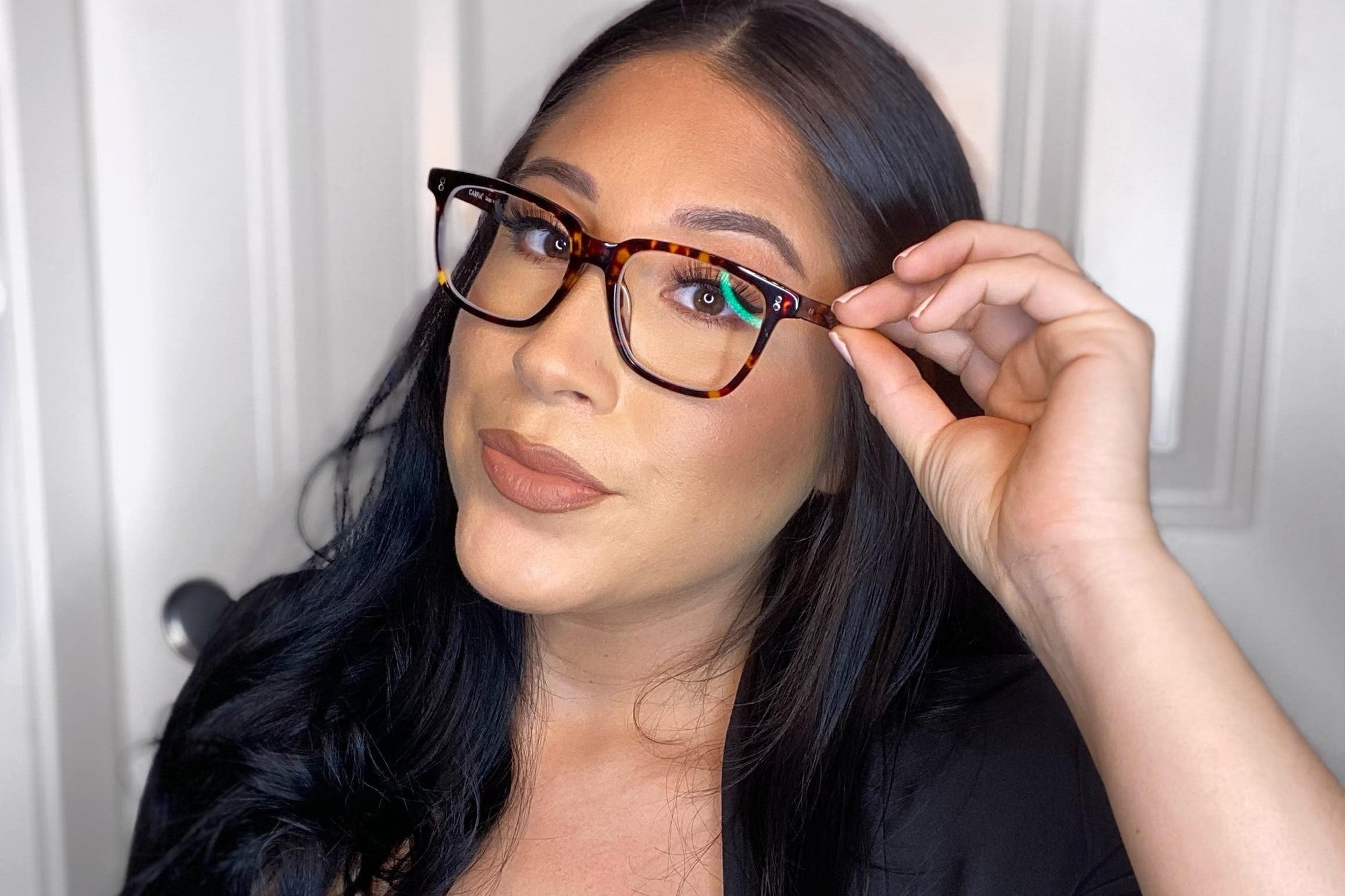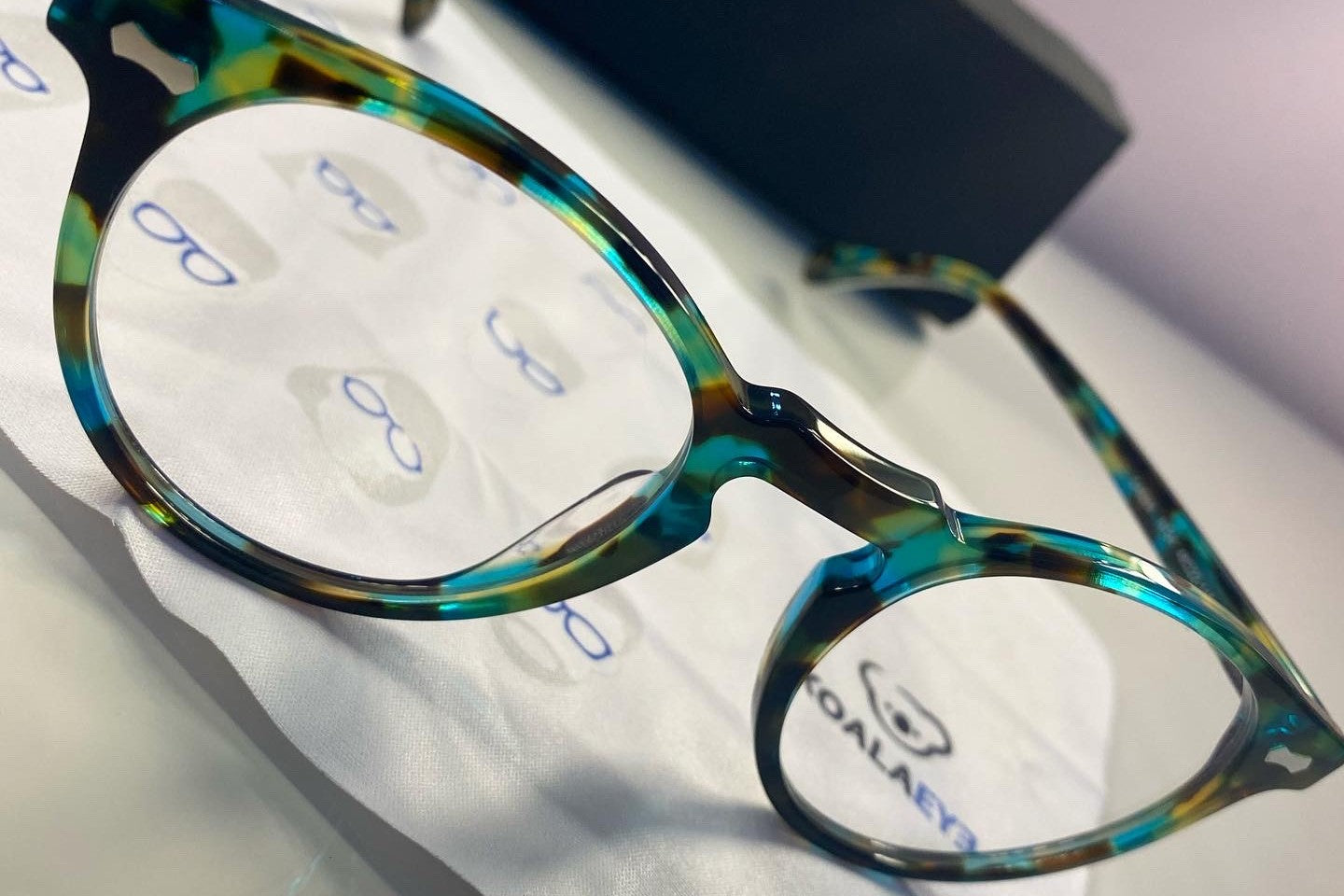What are the components of a pair of glasses?
Nowadays, there are more and more people with myopia, and in order to see things better, many people with myopia will choose to wear glasses. People who wear glasses often have a great influence on the shape of their eyes, so don't wear glasses when you can. And a lot of accessories are needed to make a pair of glasses because the composition of eyeglasses is also very complicated. So what are the accessories for the glasses?
There are three main categories of main parts, accessories, and auxiliary materials. The main parts are frames, temples, lenses, and temple tips. Accessories include hinges, screws, nose pads, ornaments, etc. auxiliary materials include a tag, glass cloth, packing bag, PP and PE, glass case.
Common Problems with Varifocal Glasses
In this section, we will list some common problems with varifocal glasses. The most common problem with varifocal glasses is people being unable to focus on what they need to. Losing focus often leads to some discomforts such as headaches or dizziness when performing tasks that require quick changes in near and middle-distance focus.
Besides, some people also experience a sort of swimming feeling when they are walking. It may be caused by being very aware of the distortions in your peripheral vision as well as the reading portion at the lower part of the lenses.
So, how to use varifocal glasses? The best way is to keep yourself from looking downward as you walk. You may also experience soft focus at the edges of the lenses and need to move your head more to see near objects better.
What Is Bifocal Lens?
Changes in vision seem to be related to age. Presbyopia, a common eye condition that occurs in middle age, causes changes in your eye’s ability to focus. But this condition can be corrected by wearing bifocal glasses.
Bifocal lenses are divided into two parts to accommodate two different prescriptions in one lens. One area of the lens will have one prescription (usually distance) and a segment in the lower half will have the other (usually near vision).
The bifocal glasses were invented by Benjamin Franklin, who solved his own vision problem by taking the lens from his reading glasses and distance glasses and cutting them in half. Then remade the cut lenses into a single pair of bifocals and put the distance lens on top and the reading lens on the bottom.
How polarized glasses can help you drive
The most important thing about polarized sunglasses is that they can be a good helper when you drive. When sunlight hits your eyes at an awkward angle, these sunglasses will save your life and save you from potential accidents. Polarized glasses can filter out the sunlight reflected from objects such as roads, snow, water, and other objects. It helps to neutralize the effects of reflected sunlight. Polarized sunglasses bring you an incredibly safe driving experience, with almost no interference and no harm to your eyes.
At night, glare and embarrassing lights are everywhere on the road, especially because random drivers come from the opposite side. Some of these driving high beams may disrupt your vision and cause potential accidents. Polarized sunglasses help reduce glare and save your life. Polarized lenses hardly reflect.
What are night driving glasses?
Night driving glasses are usually non-prescription glasses with yellow lenses and can be bought in many optical stores or online. Lenses range in color from light yellow to amber, and some night driving glasses have an anti-reflective coating. The yellow night driving glasses have been manufactured and sold for decades. They were originally sold to hunters as shooting glasses because they gave birds a sharper contrast to the sky on overcast or overcast days.
The nose pad is very important.
It could be that the nose pad is too hard. You can replace it with a non-marked soft nose pad. It is recommended to choose a thin and long or broad-leaved nose pad, moderate hardness, which can effectively disperse the force of the nose, with stable support, bringing comfortable wearing. It avoids a soft nose pad on the bridge of the nose because of sweating or a long time to wear left indentation. Eyeglass frame nose pads are in direct contact with the bridge of the nose, and too hard nose pads can damage the skin around the bridge of the nose. Therefore, try to choose a silica gel nose pad and other soft materials. The first one is that the silicone has good softness and will not damage the skin. The other is that it can fit perfectly with the bridge of the nose without foreign body feeling.
The birth of progressive lenses
In 1907, British optometrist Owen Aves first proposed the concept of progressive lenses and got the first patent of progressive lenses. In 1910, Henry Orford Gowlland designed and made a similar lens in Canada, but technical limitations prevented it from succeeding. In 1959, Bernard Maitenaz, a French optical and mechanical engineer, developed the first progressive lens, which was successfully put into the commercial market for the first time and became a milestone in the history of world optometry. With the development of science and technology, the design of progressive lenses has been greatly developed.
















